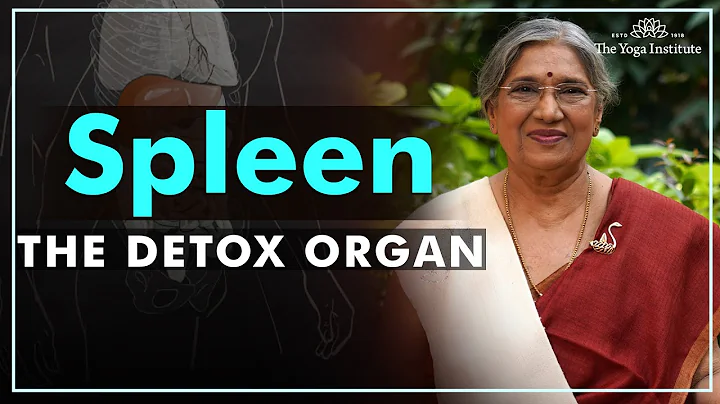The sludge after treatment in the sewage plant needs to be disposed of safely. There are currently three main disposal methods in my country: sanitary landfill, thermochemical treatment of building materials and land use after biological stabilization treatment.
But there are obstacles: where to bury it, how to burn it, and who will use it.
Landfilling is better than random dumping, but there are fewer and fewer landfill sites, and we often encounter the embarrassing situation of "no land to bury".
The incineration method is better than the landfill method, but the sludge has a higher moisture content , the incineration energy consumption is high, and the NIMBY effect is serious.
Land utilization is better than incineration, but it requires higher sludge quality and needs to stabilize the sludge. At the same time, due to the adulteration of industrial wastewater, toxic and harmful substances such as heavy metals in sludge often exceed standards, and land use is restricted.

Low-temperature belt sludge dryer
According to incomplete statistics, currently only a small part of the sludge produced by urban sewage treatment plants across the country is stable, using land utilization, incineration and building materials utilization, and most of the sludge is not Not standardized.
closed low-temperature sludge dryer uses mesh belt for continuous drying, which has good air permeability and can increase the contact area between hot air and sludge. The heat exchange efficiency is high. A recuperator is added to the heat exchange circulation system, which reduces the temperature of the air entering the evaporator and then enters the condenser .
The sludge processed by the low-temperature sludge dryer can be directly reduced from 99% to 10%, and snail dehydration and drying is performed at 75°C. . Adopting a fully sealed structure design, there is no odor spillage and no deodorizing device during the whole process. The drying process adopts multi-effect heat pump dehumidification and condensation technology, so there is no waste heat discharge. . The reduction process does not require the addition of strong oxidants such as lime and ferric chloride . The dry mud volume does not increase and the dry heat value is high. It is completely suitable for resource utilization in the final treatment process.
low-temperature sludge dryer is an ecological and environmental protection equipment that is in line with sustainable development and will play an increasingly important role in sludge treatment.











